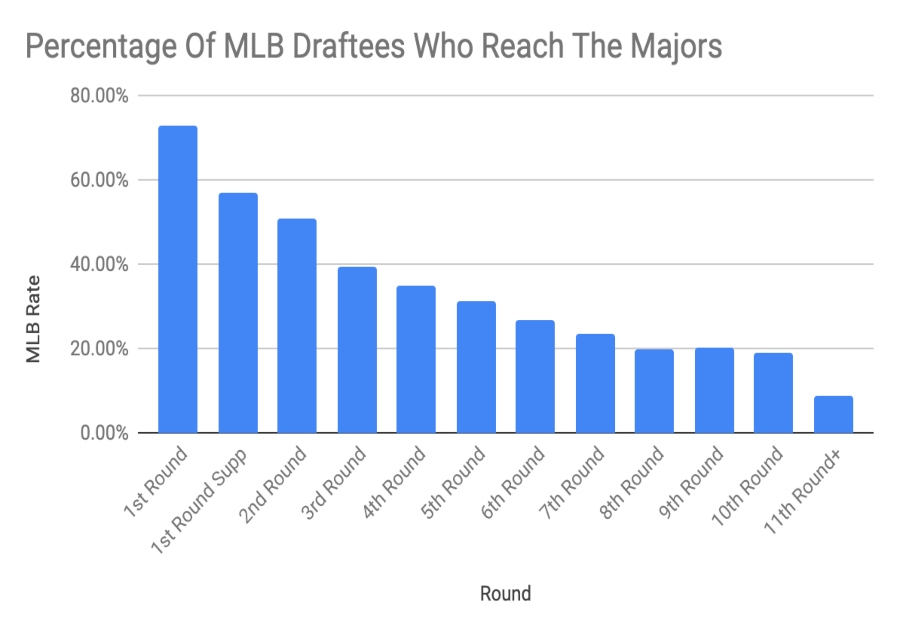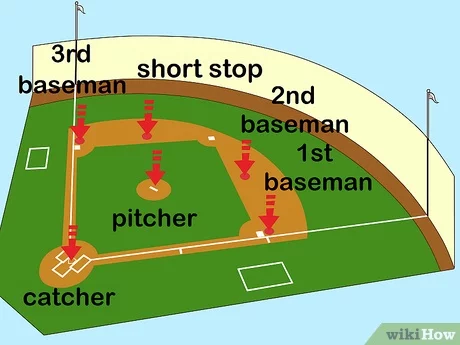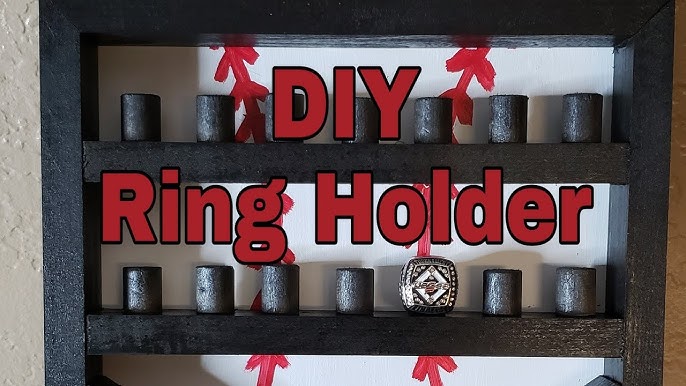Making it to the Major Leagues in baseball is incredibly tough. Only a small percentage of players achieve this dream.
Every young baseball player dreams of playing in the Major Leagues. The road to the top is full of challenges. It requires extreme dedication, talent, and a bit of luck. Many players start their journey in Little League. From there, they move to high school and college baseball.
Some even go through minor leagues. Each level is a test of skill and perseverance. The competition is fierce. Coaches and scouts look for the best of the best. Only those who stand out get the chance to move up. This journey is long and demanding. Understanding the difficulty helps us appreciate the efforts of those who make it.
Journey To The Majors
The journey to the majors is long and challenging. Many dream of playing in the big leagues. But few make it. The path is filled with hard work, dedication, and sacrifice. It starts at a young age and continues through high school and college. Let’s explore this journey in detail.
Early Beginnings
Most baseball players start young. They often begin playing in little leagues. Here, they learn the basics of the game. They spend hours practicing. They play in local tournaments. Their passion for baseball grows. Support from family is crucial at this stage. Parents drive them to games and practices. Coaches also play a key role. They teach skills and inspire young players. This early foundation is vital for future success.
High School And College
The competition gets tougher in high school. Players must work harder to stand out. They play for school teams and travel teams. Scouts start to notice them. They aim to get scholarships. College is the next big step. Here, the level of play is even higher. College coaches help refine their skills. Players must balance academics and sports. They travel for games and tournaments. Some players get drafted from college. Others enter minor leagues first. The journey continues with more hard work and dedication.
Scouting And Recruitment
Scouting and recruitment play crucial roles in a baseball player’s journey to the majors. Talent scouts look for promising players. They also evaluate their potential for professional baseball. The recruitment process involves many challenges. This makes it tough for players to get noticed and selected.
Scouting Process
Scouts attend games at various levels. High school, college, and minor leagues are common places. They watch players closely. Scouts assess their skills, performance, and attitude. They also consider the player’s physical abilities. Speed, strength, and agility are key factors. Scouts take detailed notes. They report their findings to the team’s management.
Scouts often use advanced technology. They measure performance metrics like pitch speed and batting average. Video analysis helps in reviewing a player’s techniques. Scouts also interact with coaches and teammates. This gives them more insight into a player’s character. Building a complete profile is important. It helps in making informed decisions.
Recruitment Challenges
Recruiting players is not an easy task. Many players compete for limited spots. High competition levels make the process tough. Players need to stand out. Consistent performance is crucial. Scouts look for players who can perform under pressure. Injuries can also affect a player’s chances. They might miss important games or trials.
Geography plays a role too. Scouts may not visit all regions equally. Some talented players remain undiscovered. Financial constraints can be another hurdle. Not all players can afford to attend showcases or camps. These events are important for getting noticed. Overcoming these challenges requires dedication. Players must work hard and stay focused.
Minor League Grind
The journey to the Major Leagues is a tough one. A significant part of this journey involves enduring the ‘Minor League Grind’. This period tests a player’s endurance, skill, and mental strength. The grind is a crucial stage where players develop and prove their worth. Many dream of making it big, but few succeed. Let’s dive deeper into what makes this journey so challenging.
Levels Of Minor League
The Minor League system is complex. It has several levels. Each level is a step closer to the Majors. Players start at Rookie Ball. They then move to Class A, Class A Advanced, Double-A, and Triple-A. Each level presents new challenges. Higher levels mean tougher competition. Only the best advance through the ranks. This system ensures only the most skilled reach the top.
Day-to-day Life
Life in the Minor Leagues is far from glamorous. Players often travel long distances. They live out of suitcases. Many stay in cheap motels or with host families. The pay is low. Most players earn just enough to get by. This lifestyle can be draining. It tests their passion and dedication to the game. Despite the hardships, players push on. They chase the dream of making it to the Majors.
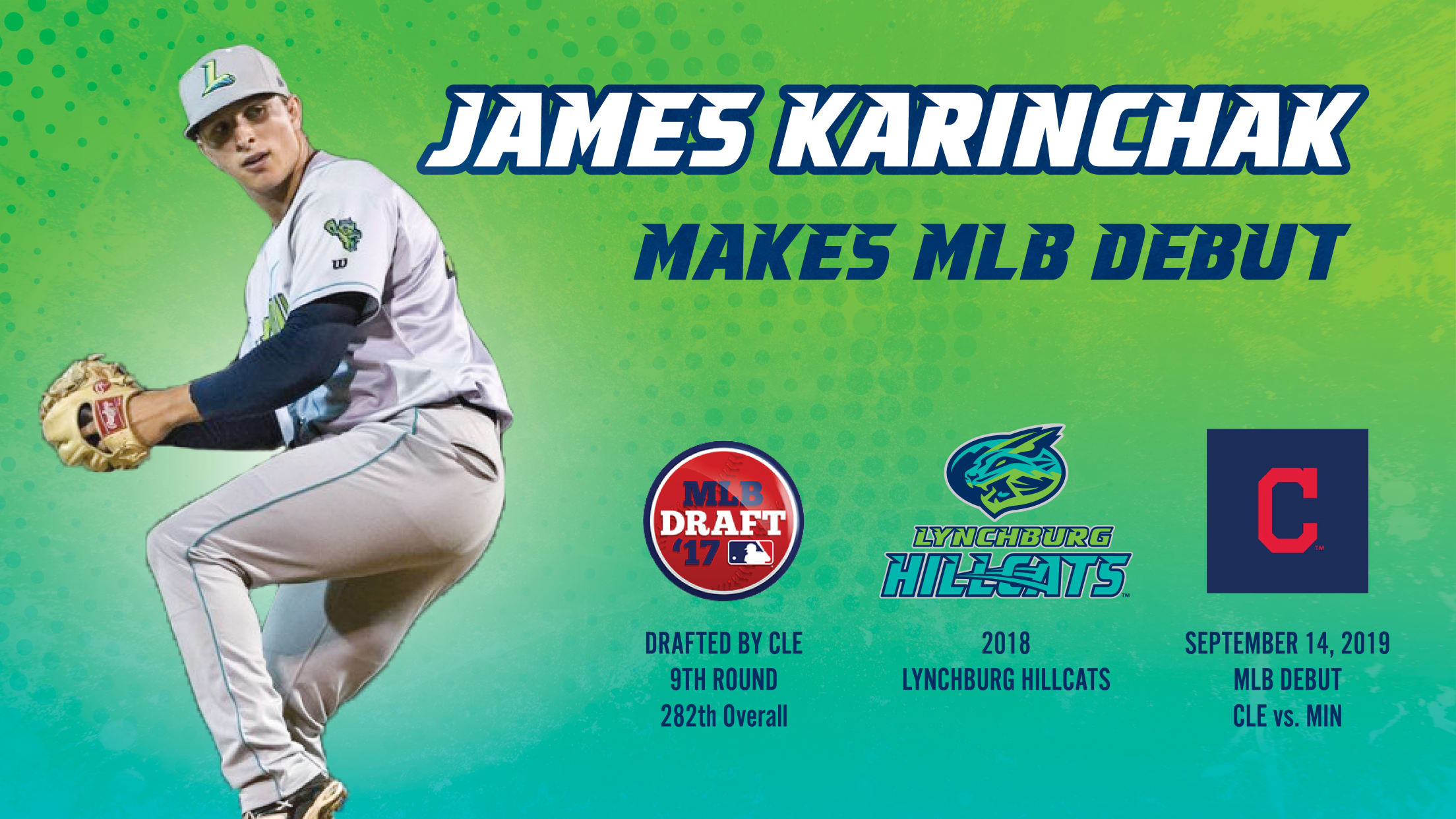
Credit: www.milb.com
Skill Development
Making it to the Major Leagues is no small feat. It requires years of dedication and hard work. Baseball players must develop a range of skills. Skill development is vital for anyone aspiring to play at this level. Let’s explore the key areas of skill development.
Training Regimens
Baseball players follow rigorous training regimens. These programs target strength, agility, and precision. Daily workouts include batting, fielding, and pitching drills. Players also spend time on cardio exercises. This helps build endurance for long games.
Trainers design custom plans for each player. These plans focus on individual strengths and weaknesses. Proper nutrition is also crucial. Players need balanced diets to maintain peak physical condition. Consistency in training is key. Missing workouts can set back progress significantly.
Mental Preparation
The mental side of baseball is just as important as the physical. Players must stay focused and composed. High-pressure situations are common. Mental preparation helps players handle stress.
Visualization techniques are often used. Players imagine successful plays in their minds. This builds confidence. Mindfulness practices also help. Techniques such as meditation can improve focus. Coaches often work with players on mental strategies.
Team dynamics also play a role. Trust and communication are vital. A player’s mindset can affect the whole team. Mental toughness is a must for those aiming to reach the majors.
Injury Risks
Baseball is a sport filled with excitement and passion. Yet, the journey to the major leagues is fraught with challenges. One of the biggest hurdles is injury risks. Injuries can sideline even the most talented players, affecting their chances to make it to the top.
Common Injuries
Baseball players face a variety of injuries. These can range from minor to severe. Here are some common ones:
- Shoulder injuries: Rotator cuff tears, labrum tears, and dislocations.
- Elbow injuries: UCL tears, often requiring Tommy John surgery.
- Knee injuries: ACL tears, meniscus injuries, and patellar tendinitis.
- Ankle injuries: Sprains, fractures, and Achilles tendonitis.
- Hand and wrist injuries: Fractures, ligament tears, and tendinitis.
Recovery And Rehabilitation
Recovery from injuries is crucial for a player’s career. The process can be long and difficult. Here are the key steps:
- Rest and initial treatment: Allowing the injury to heal and reducing inflammation.
- Physical therapy: Specialized exercises to regain strength and flexibility.
- Surgery: Sometimes necessary for severe injuries, followed by extensive rehab.
- Gradual return to play: Carefully monitored to prevent re-injury.
| Injury Type | Recovery Time |
|---|---|
| Shoulder Injury | 6-12 months |
| Elbow Injury | 12-18 months |
| Knee Injury | 6-9 months |
| Ankle Injury | 3-6 months |
| Hand/Wrist Injury | 2-4 months |
Preventing injuries is just as important. Players follow strict training regimes. They also use proper techniques to stay healthy. Injuries are a part of the game, but with proper care, players can recover and continue their journey to the majors.
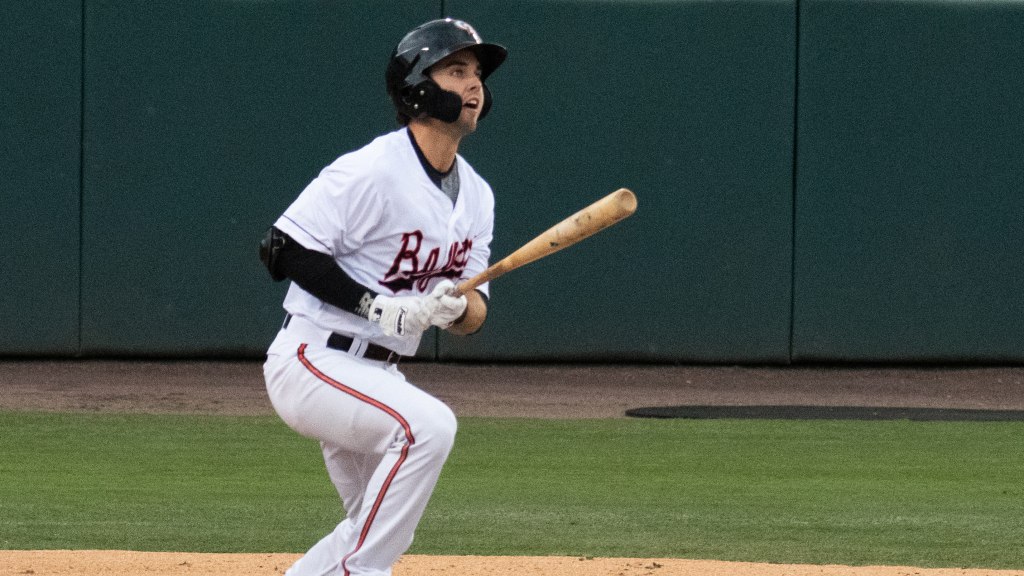
Credit: www.mlb.com
Competition And Performance
Reaching the major leagues in baseball is no small feat. The journey is filled with intense competition and the need for exceptional performance. Aspiring players must stand out in a sea of talent. In this section, we will explore the key metrics and factors that contribute to success.
Performance Metrics
Scouts and coaches use various performance metrics to evaluate players. These metrics help to identify potential major league players. Some of the key metrics include:
- Batting Average: Measures a player’s hitting success.
- On-Base Percentage (OBP): Indicates how often a player gets on base.
- Slugging Percentage (SLG): Reflects the power of a hitter.
- Earned Run Average (ERA): Used to assess a pitcher’s effectiveness.
- Strikeout-to-Walk Ratio (K/BB): Shows a pitcher’s control and dominance.
These metrics are essential for determining a player’s value. Consistent performance in these areas is crucial for making it to the majors.
Competitive Edge
Standing out in the competitive world of baseball requires more than just talent. Players need a competitive edge to separate themselves from the rest. Here are some factors that can give players an advantage:
- Work Ethic: Dedication and hard work are key.
- Adaptability: Ability to adjust to different situations and opponents.
- Mental Toughness: Resilience in the face of challenges and pressure.
- Physical Conditioning: Maintaining peak physical fitness.
- Coaching and Mentorship: Guidance from experienced professionals.
Each of these factors plays a vital role in a player’s development. Cultivating these qualities can help players gain that crucial edge needed to reach the majors.
Role Of Agents
Baseball players face many challenges on their journey to the majors. One vital component of their success is the role of agents. Agents play a crucial part in guiding players through the competitive landscape. They help players navigate contracts, endorsements, and career choices. This blog post explores how agents influence a player’s career and the importance of finding the right agent.
Finding An Agent
Finding the right agent can be a game-changer for baseball players. Agents bring expertise and connections to the table. They help players secure better opportunities. To find a good agent, players should:
- Research potential agents.
- Look for agents with experience in baseball.
- Check an agent’s track record with other players.
- Meet with several agents before making a decision.
Building a good relationship with an agent is essential. Trust and communication are key factors. Players should feel confident in their agent’s abilities.
Agent’s Influence
Agents have a significant influence on a player’s career. They handle contract negotiations, which can be complex and stressful. A skilled agent can secure a better deal for the player. This can include higher salaries, bonuses, and other benefits.
Agents also help with endorsements and sponsorships. They connect players with brands and companies. This can boost a player’s income and visibility. Additionally, agents provide career advice. They guide players on training, team choices, and long-term goals.
The right agent can open doors to new opportunities. They help players focus on their game while managing business aspects. This support is invaluable in the competitive world of baseball.
Success Stories
Making it to the majors in baseball is a tough journey. Many players face countless challenges and setbacks. Yet, some rise above and achieve their dreams. Let’s explore their inspiring success stories.
Famous Examples
Many famous baseball players started with humble beginnings. Their paths to success are inspiring.
- Jackie Robinson: Broke the color barrier in 1947. He became a legend.
- Mike Piazza: Drafted in the 62nd round. He is now a Hall of Famer.
- Albert Pujols: Drafted in the 13th round. He became a three-time MVP.
Lessons Learned
These players teach us valuable lessons. Their journeys show us what it takes to succeed.
- Perseverance: Never give up, even when things get tough.
- Hard Work: Consistent effort leads to success.
- Resilience: Overcome setbacks and keep moving forward.
Each of these players faced different challenges. But their dedication and passion for the game kept them going. We can all learn from their stories.

Credit: www.greatest21days.com
Frequently Asked Questions
How Hard Is It To Make The Mlb?
Making the MLB is extremely challenging. Only a small percentage of players reach this level. It requires talent, dedication, and perseverance.
What Percentage Of Baseball Players Make It To The Majors?
Approximately 10% of minor league players make it to the majors. The competition is intense and very few succeed.
What Skills Are Needed To Make The Mlb?
Players need exceptional skills in hitting, pitching, and fielding. They also need mental toughness and physical endurance.
How Long Does It Take To Reach The Majors?
It typically takes several years of playing in the minors. The time varies greatly depending on the player’s development.
Conclusion
Making it to the majors is very challenging. Many dream, but few succeed. Hard work, talent, and luck play big roles. Players face tough competition at every level. Staying dedicated and focused is essential. The journey is long but can be rewarding.
Baseball’s highest level demands the best. Keep pushing and never give up. Dreams can come true with perseverance.

